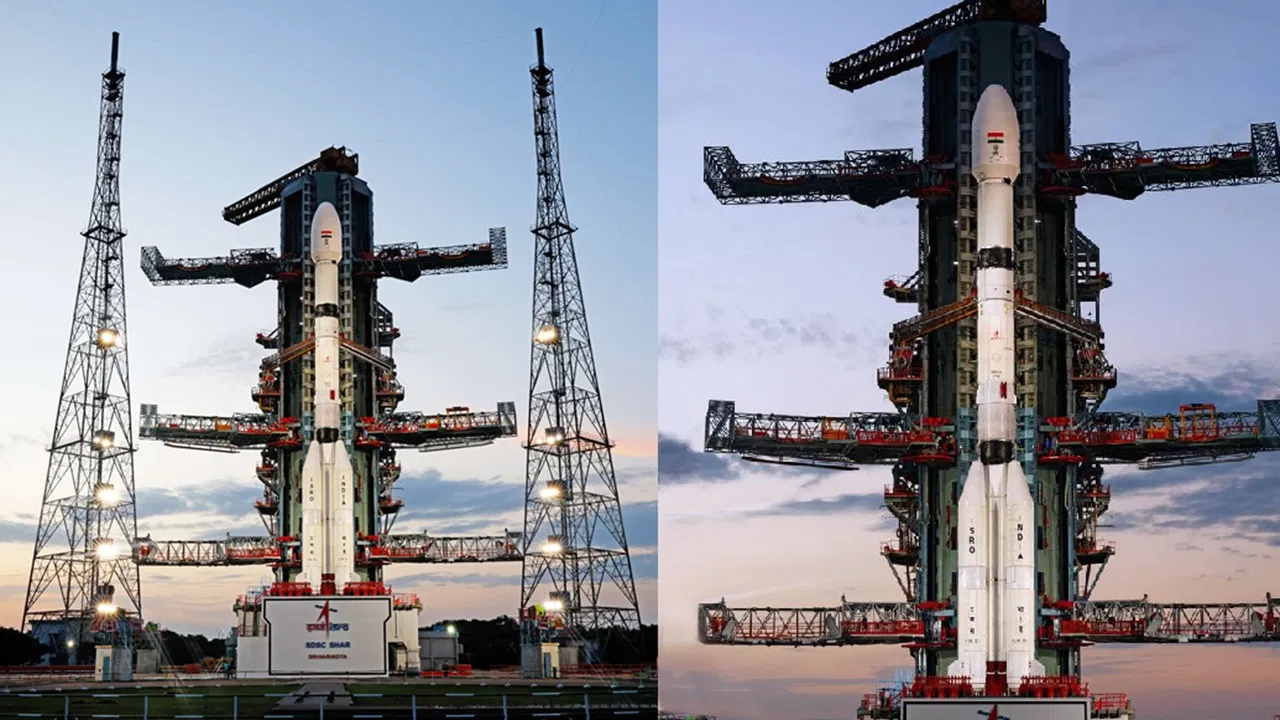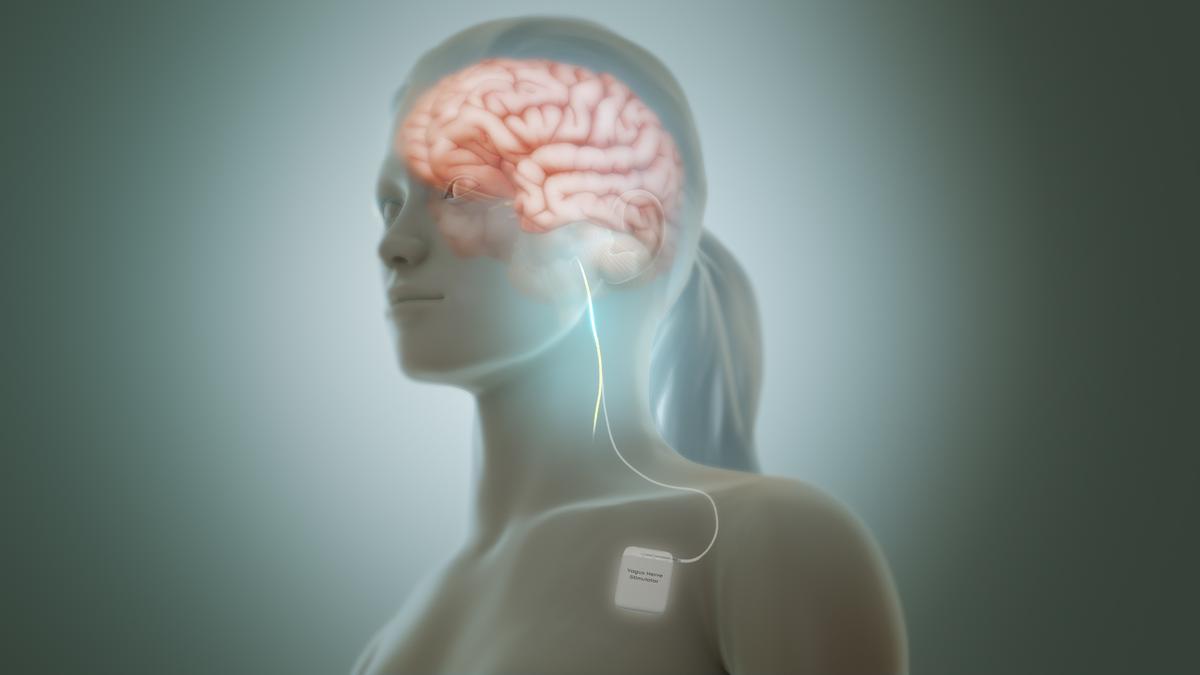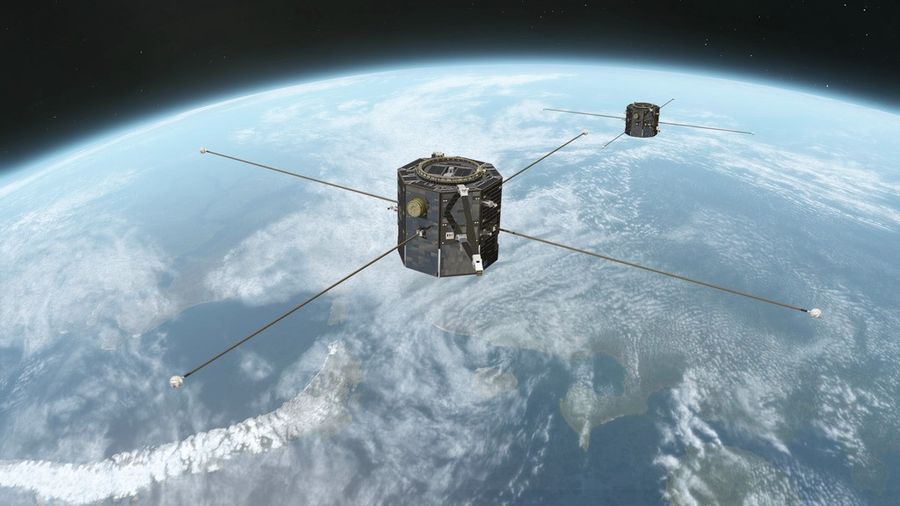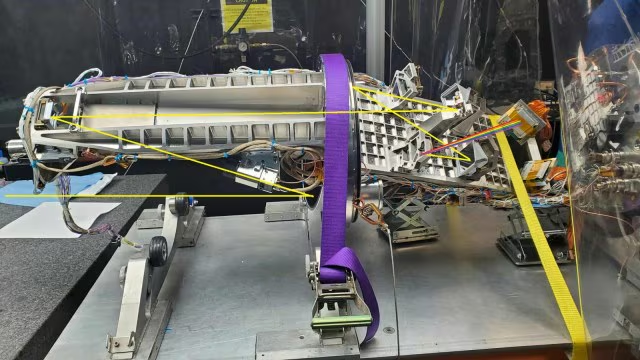Description

Disclaimer: Copyright infringement not intended.
Context:
- Vehicular traffic is integral to modern life, enabling the movement of people and goods across various modes of transport.
- With growing demand, we now experience traffic on roads, in the air, on water bodies, and even in space, reflecting both progress and new challenges.
Details:
- With the rapid increase in transportation options, from cars and trains to aircraft and ships, the complexity and volume of traffic have also surged.
- This complexity makes it imperative to deploy advanced technologies to ensure safety. One such technology is the Collision Avoidance System (CAS).
- CAS is designed to prevent accidents by enabling vehicles to detect and avoid potential collisions.
What is a Collision Avoidance System?
- A Collision Avoidance System (CAS) is an integrated suite of technologies that helps vehicles avoid collisions with other vehicles or obstacles.
- The system works by using data from various sensors and communication devices to detect potential hazards and initiate preventive actions like braking or steering adjustments.
- For example, a CAS device fit on a train will be designed to help that train avoid colliding with another train.
Types of CAS:

- Forward Collision Warning Systems (FCWS): These systems use sensors to detect objects in front of the vehicle and warn drivers of potential collisions.
- Automatic Emergency Braking (AEB): AEB builds upon FCWS by automatically engaging the brakes to avoid a collision if the driver fails to react.
- Lane Departure Warning (LDW): LDW helps drivers maintain lane discipline by alerting them when the vehicle begins to drift outside its lane.
- Traffic Sign Recognition (TSR): TSR systems recognize traffic signs and alert drivers to speed limits and other important information.
- Blind Spot Detection (BSD): BSD warns drivers of vehicles approaching from their blind spots, enhancing road awareness.
How does CAS help land-based vehicles?
- CAS in cars can automatically apply emergency brakes if it detects that the distance between vehicles is dangerously close, reducing the risk of rear-end collisions.
- The system is connected to the vehicle’s braking system and uses sensors like radar, lidar, and cameras to monitor the surroundings and detect potential collisions.
What is ‘Kavach’?

- The KAVACH is an indigenously developed Automatic Train Protection (ATP) system by the Research Design and Standards Organisation (RDSO) in collaboration with the Indian industry.
- The trials were facilitated by the South Central Railway to achieve safety in train operations across Indian Railways.
- It is a state-of-the-art electronic system with Safety Integrity Level-4 (SIL-4) standards.
- It is meant to provide protection by preventing trains to pass the signal at Red (which marks danger) and avoid collision.
- It activates the train’s braking system automatically if the driver fails to control the train as per speed restrictions.
- In addition, it prevents the collision between two locomotives equipped with functional Kavach systems.
- The system also relays SoS messages during emergency situations.
- An added feature is the centralised live monitoring of train movements through the Network Monitor System.
- ‘Kavach’ is one of the cheapest, SIL-4 certified technologies where the probability of error is 1 in 10,000 years.
TO READ IN DETAIL ABOUT THIS SYSTEM VISIT THE LINK- https://www.iasgyan.in/daily-current-affairs/kavach-system
Components of Collision Avoidance Systems

- Sensors and Detection:
-
- Radar and Lidar: These sensors measure the distance and speed of nearby objects, providing real-time data on the vehicle’s surroundings.
- Cameras: Visual information from cameras helps in object recognition and lane detection.
- Ultrasonic Sensors: Often used for low-speed scenarios like parking.
- GPS: Provides precise location data, crucial for both navigation and collision avoidance.
- Onboard Computer:
-
- The onboard computer processes data from various sensors and makes quick decisions to prevent collisions. It can control the vehicle's braking system, steering, and speed.
- Human-Machine Interface (HMI):
-
- Alerts and Warnings: The system alerts the driver through visual, auditory, or haptic signals if a potential collision is detected.
- Interface Terminals: Digital screens display real-time data and warnings to pilots, drivers, or operators.
How have satellites changed CAS?
- ADS-B (Automatic Dependent Surveillance-Broadcast): For aircraft, ADS-B uses satellites to collect and broadcast information about each aircraft's location and speed, improving collision avoidance in areas without ground-based radar.
- S-AIS (Satellite-AIS): For ships, satellites extend the range of AIS, allowing tracking of vessels in remote areas where terrestrial AIS stations are not available.
- GPS and NavIC: GPS and similar systems like India’s NavIC enhance CAS by providing precise location data, improving navigation and collision avoidance for land, sea, and air transport.
- Differential GPS can refine location accuracy to less than a meter, further enhancing safety.
Applications in Different Modes of Transport
- Automobiles:
-
- Adaptive Cruise Control (ACC): Maintains a safe distance from the vehicle ahead.
- Automatic Emergency Braking (AEB): Automatically applies brakes to prevent or mitigate collisions.
- Lane Departure Warning (LDW) and Lane Keeping Assist (LKA): Alerts the driver and assists in staying within the lane.
- Trains:
-
- Positive Train Control (PTC): Monitors and controls train movements to prevent collisions and derailments.
- Kavach System: A specific implementation in India that includes an interface terminal for both pilots and station masters to send SOS messages.
- Aircraft:
-
- Traffic Collision Avoidance System (TCAS): Uses computer-communication-control setups similar to trains to prevent mid-air collisions.
- Ships:
-
- Automatic Identification Systems (AIS): Provides real-time location and navigation information to help avoid collisions at sea.
|
Benefits of Collision Avoidance Systems (CAS)
|
Challenges and Implementation
|
|
Reduced Accidents: CAS reduces the likelihood of accidents by providing early warnings and automatic interventions.
|
Cost: Advanced CAS systems can be expensive, potentially deterring widespread adoption, especially for budget-conscious consumers.
|
|
Improved Driver Assistance: Helps drivers, particularly in situations where human reaction time might be insufficient.
|
Technological Limitations: CAS systems may face limitations in certain weather conditions or complex traffic scenarios.
|
|
Enhanced Safety for Vulnerable Road Users: Provides extra protection for pedestrians, cyclists, and motorcyclists.
|
Awareness and Training: Public awareness and driver training on CAS functionalities are crucial for optimal utilization.
|
Technological Foundations:
- The advent of the U.S. Global Positioning System (GPS) has been transformative for navigation and collision avoidance.
- Various countries have further enhanced GPS with their own systems to meet regional needs.
- The integration of advanced communication technologies, such as Vehicle-to-Everything (V2X) communication, also plays a critical role in enhancing the efficiency of CAS.
Conclusion:
- Collision Avoidance Systems are indispensable in today's multi-modal transportation landscape.
- By leveraging advanced sensors, communication technologies, and real-time data processing, CAS significantly enhances the safety of vehicles on the road, in the air, on rails, and at sea.
- As technology evolves, these systems will become even more integrated and robust, contributing to safer and more efficient travel.
Reference
https://epaper.thehindu.com/ccidist-ws/th/th_international/issues/94983/OPS/GS9D6KNO3.1.png?cropFromPage=true
|
PRACTICE QUESTION
Q. What is the significance of the Collision Avoidance System (CAS) in modern transportation? Analyze the technological advancements that have contributed to its effectiveness and the challenges faced in its implementation.
|














